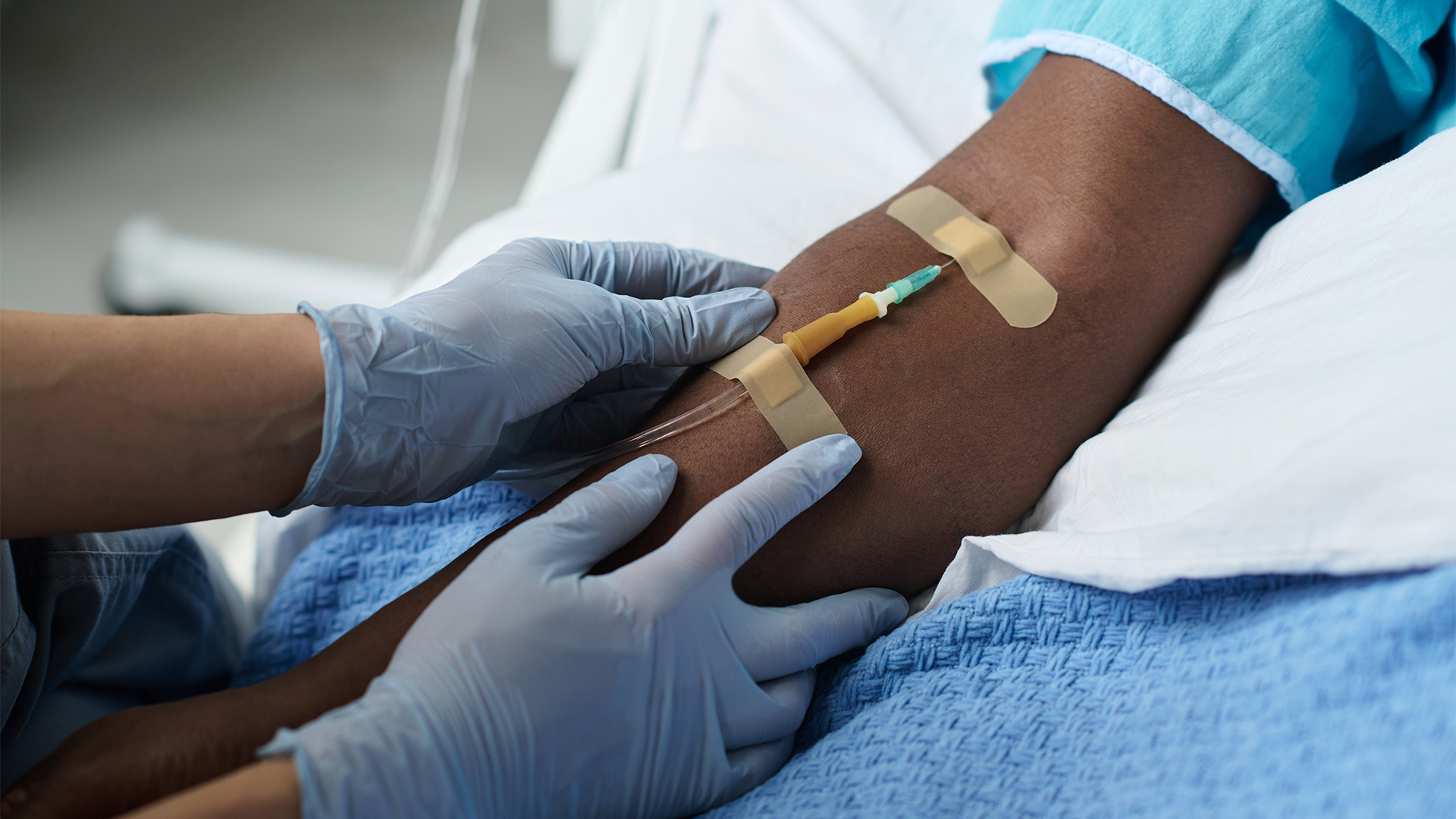What are the precautions for drawing blood?
- Wear Personal Protective Equipment (PPE): Always wear gloves, a face mask, and eye protection to protect yourself and the patient from potential exposure to bloodborne pathogens.
- Verify Patient Identity: Confirm the patient’s identity using at least two unique identifiers (e.g., name, date of birth, or medical record number) to prevent mix-ups and ensure accurate labeling of samples.
- Explain the Procedure: Communicate with the patient, explaining the procedure, its purpose, and what they can expect to help reduce anxiety and promote cooperation.
- Select an Appropriate Site: Choose a suitable vein for venipuncture, preferably in the antecubital fossa (inner elbow area), unless contraindicated due to medical reasons.
- Prepare the Equipment: Gather all necessary supplies, including a tourniquet, alcohol swabs, adhesive bandages, collection tubes, and a needle holder. Check the expiration dates of tubes and equipment.
- Apply a Tourniquet: Use a tourniquet to make the vein more visible and accessible, but avoid leaving it on for more than one minute to prevent hemoconcentration.
- Cleanse the Skin: Use an alcohol swab to clean the site in a circular motion starting from the center and moving outward to remove dirt and reduce the risk of contamination.
- Anchor the Vein: Apply gentle pressure below the intended puncture site to stabilize the vein and prevent it from rolling or moving during the procedure.
- Use Proper Technique: Insert the needle smoothly and at the correct angle (usually 15-30 degrees) with the bevel facing up. Avoid probing or repositioning the needle once it’s in the vein.
- Monitor the Blood Flow: Once blood starts to fill the collection tubes, release the tourniquet to prevent vein collapse and ensure a steady flow of blood.
- Label Samples Correctly: Immediately label collection tubes with the patient’s name, date, time, and other required information at the bedside to avoid mix-ups.
- Apply Pressure and Bandage: After collecting an adequate sample, remove the needle, apply pressure with gauze to the puncture site, and secure it with an adhesive bandage to prevent bleeding and promote healing.
- Dispose of Sharps Safely: Discard needles and other sharps in designated puncture-proof containers to prevent accidental needle sticks and potential transmission of infections.
- Document the Procedure: Record the procedure, including the site of venipuncture, number and types of tubes collected, any complications, and patient response in the medical records.
- Provide Aftercare Instructions: Instruct the patient on post-procedure care, such as avoiding strenuous activities with the punctured arm and monitoring for signs of infection or hematoma formation.
By following these precautions and maintaining strict adherence to standard protocols, healthcare providers can ensure the safety, accuracy, and comfort of patients during blood collection procedures.
.


